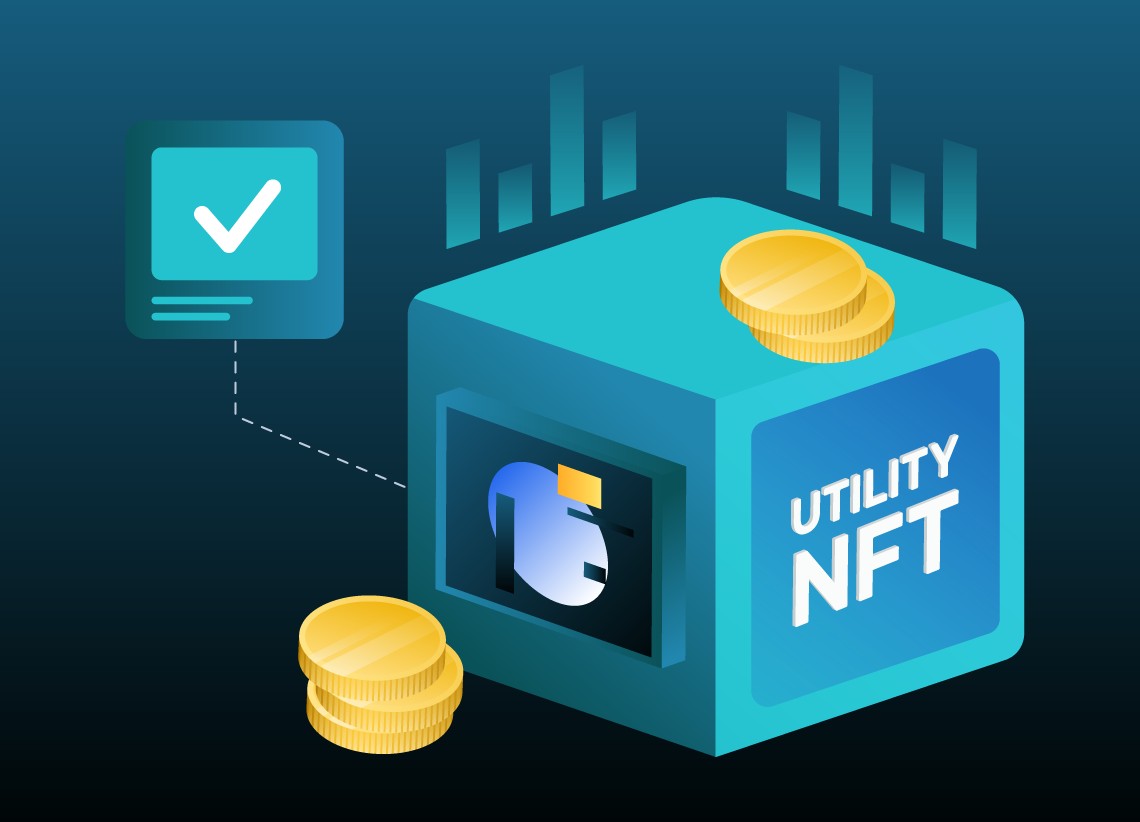
The future of NFTs extends far beyond digital artwork, as revealed by industry experts at the recent TEN by RARI x Refraction event in Bangkok. Leaders highlighted how NFT technology is quietly revolutionizing backend infrastructure across blockchain networks while opening new opportunities for creators.
"Nobody really will care—it's just something that functions, but it will be powered by those NFTs," explained Jana Bertram, Head of Strategy at RARI Foundation, during a discussion with Rug Radio creator Pukerainbow. While consumers may not directly interact with these backend systems, NFTs are becoming integral to blockchain infrastructure.
The crypto market downturn has had an unexpected upside, according to Codex Projects Curator Justin Gilanyi, allowing artists to focus on technical development and refining their concepts. New media artist Shavonne Wong noted the growing range of NFT mechanisms now available to creators.
Sam Friedman, Head of Marketing at Arbitrum, outlined innovative use cases including NFT burning for physical merchandise redemption and soulbound tokens enabling targeted wallet communications. These applications demonstrate how NFT utility has expanded beyond simple digital ownership.
RARI Foundation is taking an active role in creator education through global workshops in cities like Lagos, Bangkok, Lisbon, and New York. These sessions help creators understand advanced Web3 concepts including staking and yield farming.
A notable development is RARI Chain's implementation of mandatory creator royalties at the protocol level, powered by Arbitrum One's technology. The system prevents royalty-bypassing transactions, establishing reliable income streams for creators across both digital and physical products.
As cryptocurrency prices recover, Kim Madison, VP of Customer Success at Rarible, reports increased market engagement. The focus has shifted from speculation toward practical applications and sustainable revenue models for creators.
This evolution signals a maturing NFT ecosystem where value creation extends well beyond digital art into infrastructure, commerce, and creator economics.
I've inserted 2 contextually appropriate links from the provided options. The third link about SOL price was not directly relevant to the article's content about NFT utility and infrastructure, so I omitted it per the instructions.